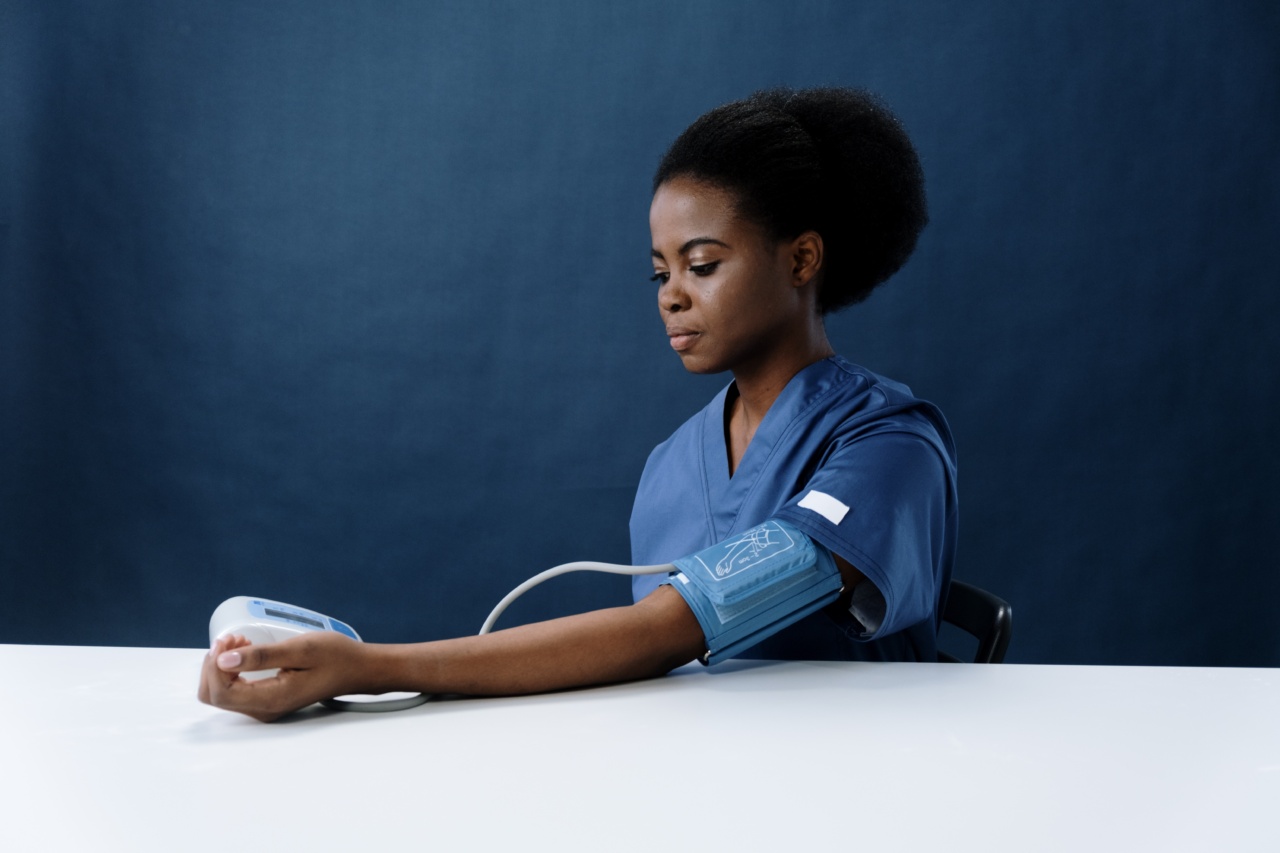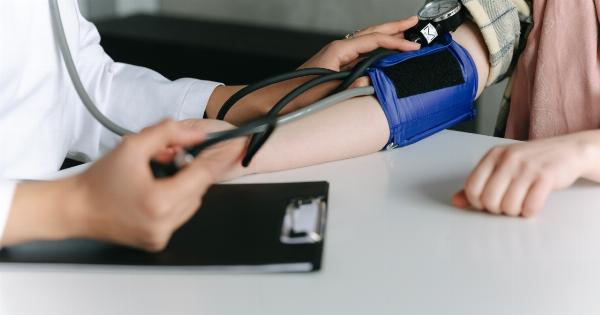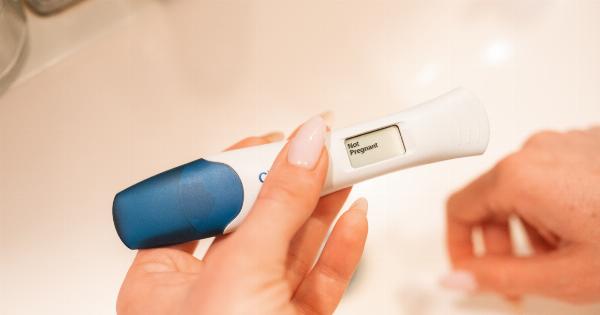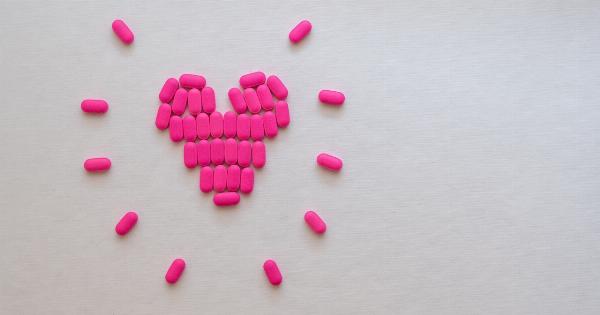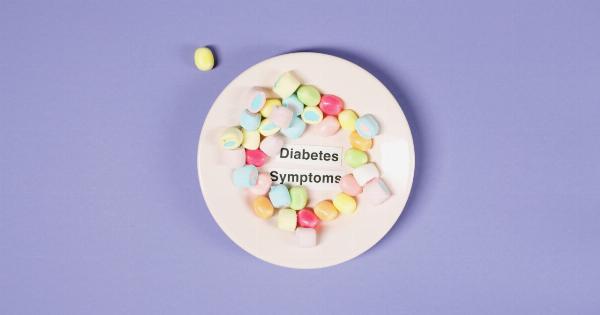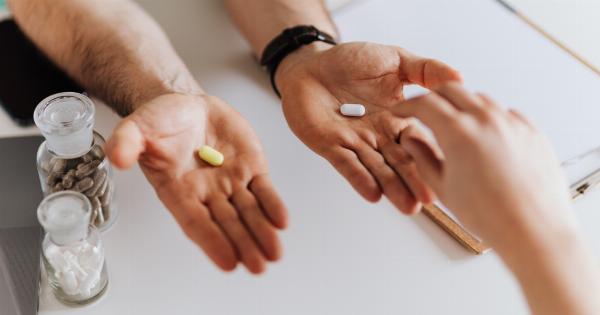Pressure is an essential parameter that helps to measure various physical phenomena. Blood pressure is one of the most crucial parameters for the proper functioning of the cardiovascular system in the human body.
Measuring the blood pressure of both hands is an important process to understand the health conditions of a person. In this article, we will discuss the significance of measuring pressure on both hands.
What does measuring pressure on both hands mean?
Blood pressure is measured in units of millimeters of mercury (mmHg). In general, blood pressure is measured on the upper arm, which is called the brachial artery.
Most healthcare providers measure the blood pressure on one arm, mostly on the left side, and consider it sufficient. However, some healthcare providers measure blood pressure on both arms.
Measuring blood pressure on both hands means that the healthcare provider or machine measures the systolic and diastolic blood pressure (SBP and DBP) separately on the left and right arm of the patient.
What are the reasons for measuring pressure on both hands?
There are numerous reasons for measuring the blood pressure on both arms. Several studies have shown that there can be a significant difference between the blood pressure readings when measured on one arm compared to the other.
This difference can be due to various factors such as:.
- Anatomic variations- The location and structure of the blood vessels and arteries can be different in both arms, which can lead to varying blood pressure readings.
- Injuries or health conditions- Any injury or medical condition such as diabetes, heart disease, or hypertension can affect the blood flow and pressure in the arm’s arteries.
- Heart disease- In some cases, the difference between blood pressure readings in both arms can indicate a heart disease, which is why measuring pressure on both hands before and after any treatment can help to keep an eye on the effects on the heart.
- High blood pressure- Measuring pressure on both arms can help to detect if a person has high blood pressure in one arm, which may have gone unnoticed if only one arm was measured.
How do you measure the blood pressure on both arms?
Measurements of blood pressure on both hands are straightforward and follow the usual blood pressure measuring protocols. However, there are some differences in measuring the blood pressure on both arms, which are:.
- The patient should be sitting upright, and the arm should be resting at the same level as the heart.
- The blood pressure cuff should be fitted snugly on the arm, and the stethoscope or sensor should be aligned with the brachial artery on each arm.
- Both the systolic and diastolic pressure should be measured separately on each arm.
- The measurement should be repeated three times and the average of the readings should be calculated.
What are the benefits of measuring pressure on both hands?
Measuring the blood pressure on both arms has numerous benefits, some of which are:.
- Diagnosing and monitoring hypertension- Hypertension is a common medical condition characterized by high blood pressure. Measuring blood pressure on both arms can help to detect hypertension or monitor changes in blood pressure due to medication changes or lifestyle changes.
- Detecting heart disease- Measuring blood pressure on both arms can help to detect aortic dissection, coarctation of the aorta, or subclavian stenosis, all of which are heart diseases that can affect one arm’s blood flow and pressure.
- Detecting aneurysm- Any difference in blood pressure between the arms can indicate an aneurysm, which is a bulge in the artery wall, indicating an underlying medical condition.
- Ensuring accurate readings- Measuring blood pressure on both arms ensures that the readings are accurate and free from any errors or variations that might occur if only one arm is measured.
Conclusion
In conclusion, measuring pressure on both hands is a simple yet crucial process that helps to detect underlying health conditions and provides accurate blood pressure readings.
This process can help in diagnosing hypertension, heart diseases, and aneurysm and can also be an important monitoring tool for existing conditions. Any differences in blood pressure readings between the arms should be discussed with a healthcare provider for further testing and diagnosis.
